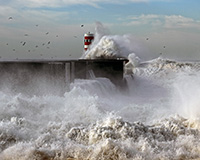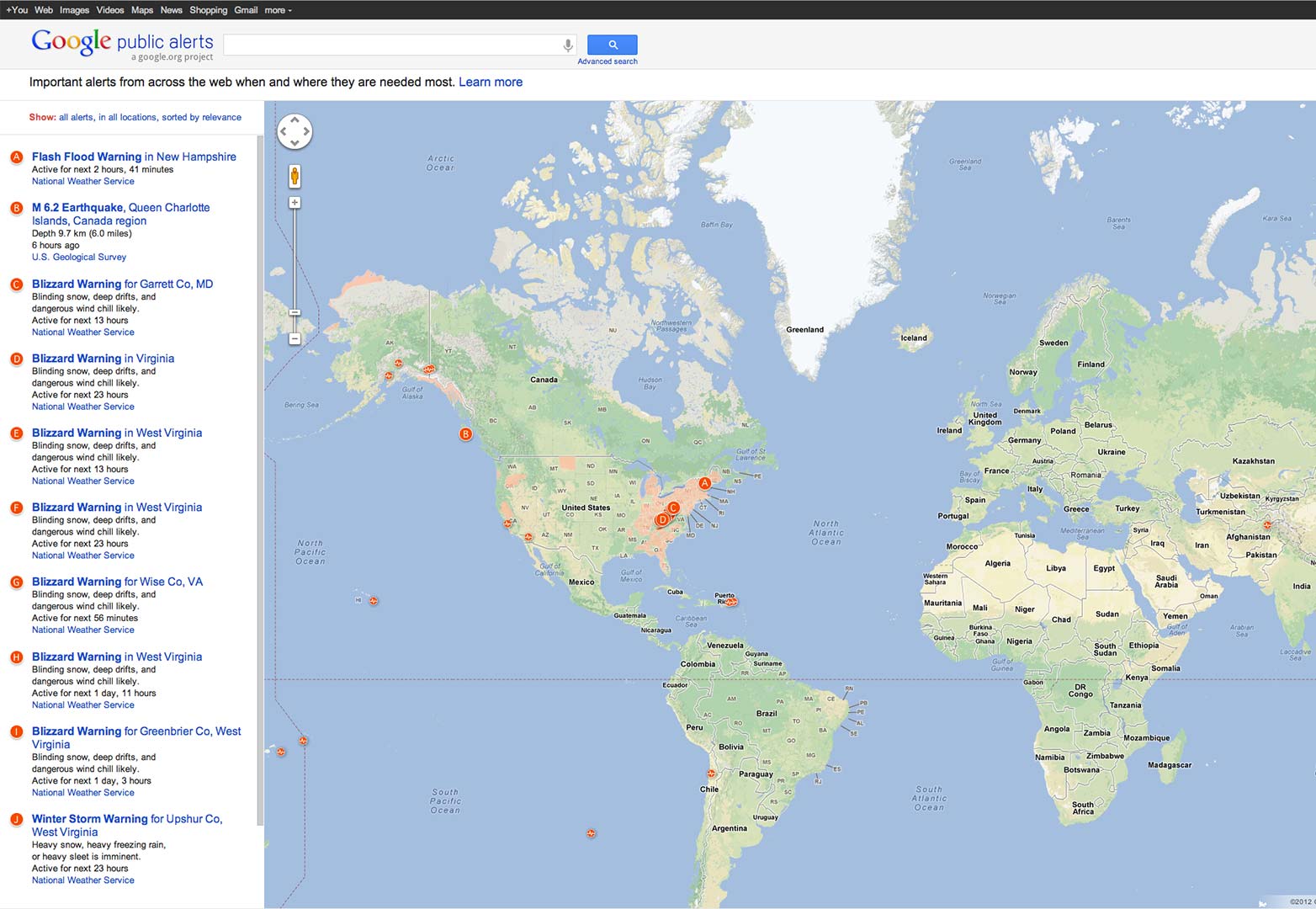
 With Hurricane Sandy still lashing the North East of America, Google was forced to modify its launch event for the Nexus 4, Nexus 7 and Nexus 10 products, yesterday.
With Hurricane Sandy still lashing the North East of America, Google was forced to modify its launch event for the Nexus 4, Nexus 7 and Nexus 10 products, yesterday.
The superstorm has already claimed more than 40 lives in the Caribbean, and the tragic loss of life continues in the U.S. and Canada. An estimated 1 million people have been ordered to evacuate and the lives of those able to remain with their homes seem likely to be affected for some time to come.
Despite the horrendous conditions, Google were unbowed and rather than cancel the launch altogether, they switched to an announcement on their official blog.
Launch change
The launch, which was timed to avoid the buzz surrounding Apple's iPhone 5 launch, introduced three new Nexus devices.

Google appear to be simplifying their product range by offering three distinct sizes of device: small, medium and large. Microsoft, who managed to avoid the disruption of Sandy by holding its launch event in San Francisco, claim to be reinventing the smartphone but the level of confusion surrounding Windows 8 means they're unlikely to make serious in-roads into Google's market share. On first inspection, Google do not appear to have responded to the Microsoft threat: the OS is still Jellybean and the hardware is much as expected.
The biggest criticism of Android phones, namely that it's like carrying a brick in your pocket, will be hard to shake. Google claim that Nexus 7 is thin and light, but fail to provide any actual stats, so we'll have to wait and see.
The highlight of the new product line is the Nexus 10 which features a staggeringly huge 2560 by 1600 pixel resolution; 950,000 more pixels than an iPad 3 — or 300ppi versus 264ppi if you prefer. Retina-ready graphics look set to increase in popularity and the last decade-worth of images that are still online and saved at 72ppi are looking increasingly dated. The question that remains is whether the full 300ppi resolution will actually be targeted by developers. Apple's retina displays already offer very high quality experiences but the overheads when downloading images of that scale are almost prohibitive. It seems unlikely that developers will be ready to go even larger.
Sandy mapped
With the much scaled down launch, the shining lights at Google have been the Crisis Response Team who have put together a Hurricane Sandy map to help you stay safe if you're in the affected area.
The map features location tracking, public alerts, evacuation information, shelters and recovery centers. You don't even need a Google device to use it, we've embedded it right here:
Public alerts
Auspiciously, Google have also made available Public Alerts in Google Maps in your browser, in Google Maps on Android and on Google Now if you're running Jellybean.
Now, if you search for a place or event such as 'New York', or 'Hurricane Sandy', you'll see the condition of the alert, any relevant evacuation routes and the locations of any shelters.
The public alert system is currently only of use in the U.S., but Google state that they're actively developing relationships with partners worldwide to expand the service across the globe.
Stay safe
Our thoughts are with the people affected by Hurricane Sandy today, especially those who have lost loved ones. We hope that when you wake this morning, the damage isn't too bad.
Before venturing out, fire up Google Maps and get informed, everything you need to stay safe is there.
Have you been affected by Hurricane Sandy? Has technology helped you through the crisis? Let us know in the comments.
Featured image/thumbnail, hurricane image via Shutterstock
Ben Moss
Ben Moss has designed and coded work for award-winning startups, and global names including IBM, UBS, and the FBI. When he’s not in front of a screen he’s probably out trail-running.
















